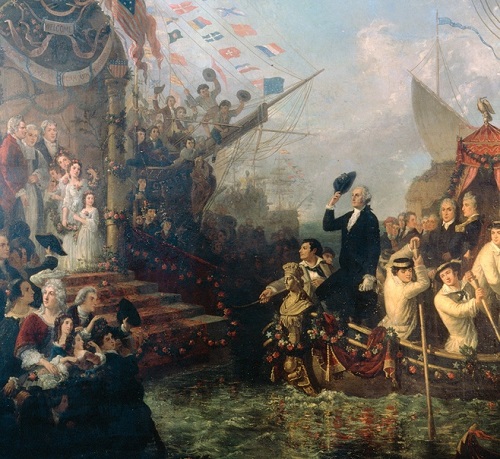Editor’s note: On Wednesday, August 3, our summer lecture series continues with Dr. Kathleen Bartoloni-Tuazon’s book talk about her recent … More
Tag: George Washington
George Washington’s Brush with Death (Part 2)
Part 1 of this piece on George Washington’s mysterious 1789 illness. –by William diGiacomantonio One of Smith’s fellow Representatives—also named … More
George Washington’s Brush with Death (Part 1)
Editor’s Note: Welcome to another new contributor, William diGiacomantonio, who recently joined the USCHS staff. Look for the second part … More
“I Do Solemnly Swear . . .” George Washington Takes the First Oath of Office, 1789
–by Don Kennon Prior to 1937, Inauguration Day was set on March 4th, as specified in the Constitution (the 20th … More
Washington and L’Enfant
No, DC locals, not the city and the metro stop, but the men who gave those places their names. Recently, … More
Partisanship and Presidential Elections: An Early History (Part I)
–by Joanna Hallac Every four years, as another presidential election rolls around, the grumbling starts up that this has to … More
The Battle of Brooklyn
–by Joanna Hallac On August 27, 1776, one of the first really major and significant battles of the American Revolution … More
Happy Birthday, Mr. Washington
–by Joanna Hallac With the celebration of Presidents Day on Monday, it is very easy for us to forget that … More
“The State of our Union is…”
–by Joanna Hallac It is mid-January at the Capitol, and that means that the members of Congress are back from … More






